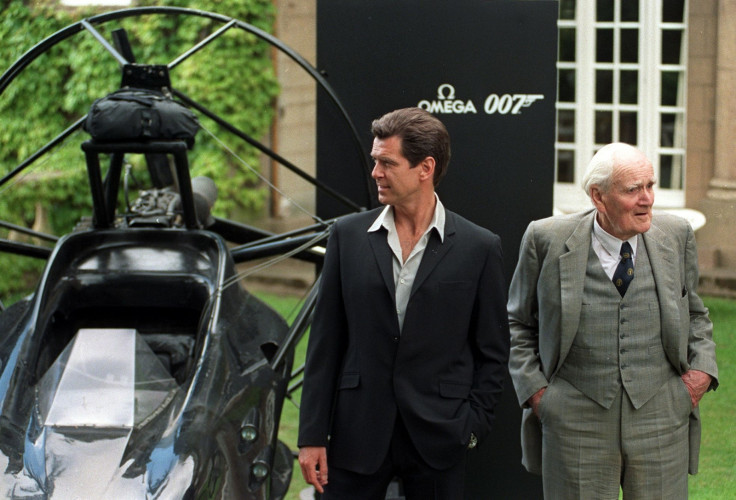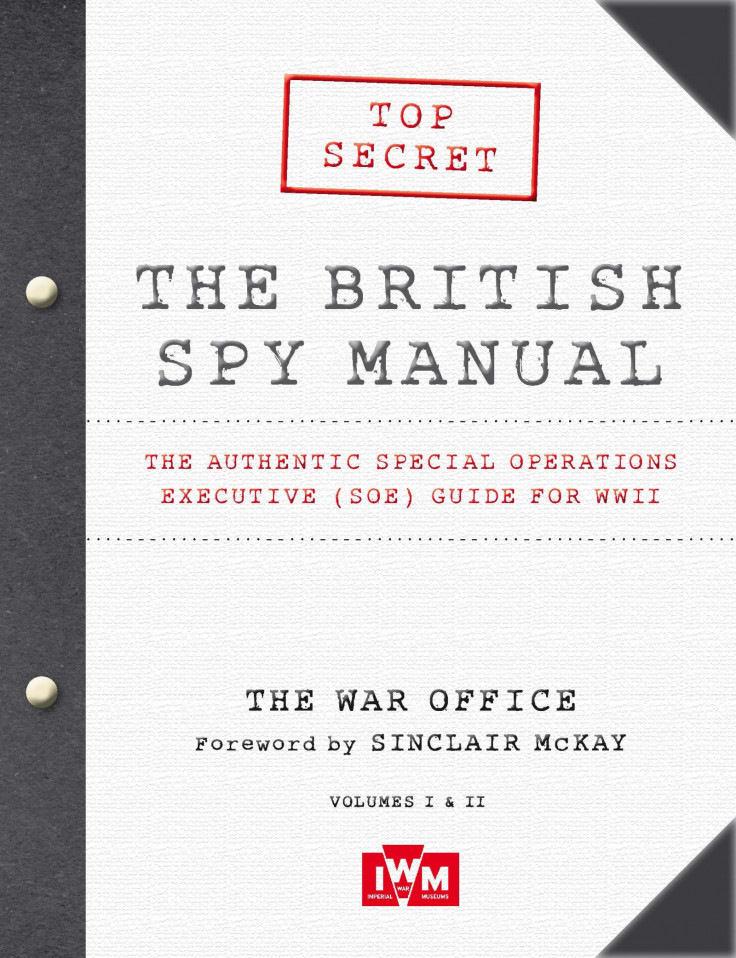Exploding Rats and Sleeve Guns: The Extraordinary Gadgets Designed By The Real-Life Q
A new book reveal the gadgets of the real-life James Bonds

The outlandish gadgets invented by Q and his assistants for James Bond had their real-life equivalents, according to a new book.
The British Spy Manual reveals the ingenious equipment and weaponry made available to members of the Special Operations Executive, a top-secret sabotage unit during the Second World War.
Formed in 1940 on the orders of Winston Churchill, the unit conducted highly dangerous operations behind enemy lines, and was involved in attacks on Germany's infrastructure and the assassination of leading Nazis.
Regarded by regular secret services as "cutthroat amateurs" according to one expert, the existence of the unit was kept secret from parliament.
"In the Bond films the visit to the gadgets laboratory was always a moment of light relief," writes Sinclair McKay in his introduction to the book.
"Yet in the real world of the SOE, the ingenious contraptions were deadly serious. These were not toys but super-serious means of helping to ensure survival."

Q's real life counterpart was Charles Bovill, who was responsible for inventing many of the devices.
The book contains replicas of two manuals issued between 1944 and 1945 showing the bewildering array of equipment available.
Toys for spies
It contains devices including sleeve guns that can be secreted up the arm of a coat to itching powder, with advice that it is most effective when applied to a target's undergarments.
By 1945 the range of devices has expanded to include explosives that can be concealed in fake fruit, logs, coal, animal dung, bottles of Chianti and even rats.
For agents deployed in the Far East there were fake Balinese carvings "cast in solid high explosive", to be sold to Japanese soldiers embarking on journeys quayside, as well as spray tan to perfect the disguise as local hawkers.
There are also sections on concealing radio devices in kindling, clocks, and gramaphone players.
Surgeons, dentists and gunsmiths are amongst the specialists who worked for the unit.
One section describes that "an eminent plastic surgeon and his staff are at our disposal", and says "the face can be altered to eliminate the outstanding facial characteristics of the race of the owner."
Other sections describe how women's clothing, including shoe heels and jewellery, can be altered to allow microfilm or codes to be carried secretly.
The British Spy Manual is published by Aurum Press in partnership with the Imperial War Museum.
© Copyright IBTimes 2025. All rights reserved.






















